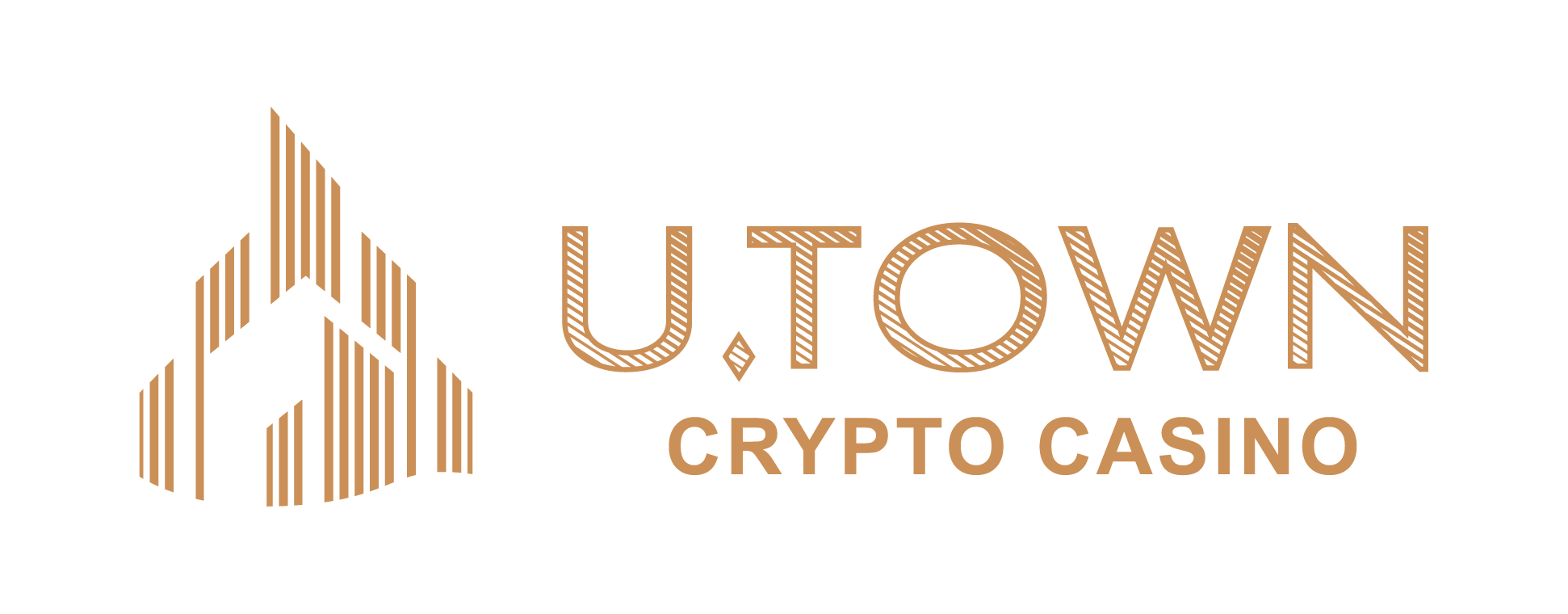The GameFi industry started back in 2013, and since then, the sphere has been slowly developing, but in 2021 the popularity of decentralized games exploded along with the boom in nonfungible tokens (NFT). According to the DappRadar analytical service, the total value of one of the most popular blockchain-based games, Axie Infinity, exceeds $550 million.

When choosing a GameFi project, it is worth considering the marketing and technological component: How actively the project is promoted, and what benefits the project’s token bestows upon its participants.
However, one needs to be wary about pie-in-the-sky promises from GameFi token projects, as scams abound within the space.
One of the biggest GameFi scandals was in the fall of 2021 when the Squid cryptocurrency based on the Squid Game show collapsed to almost zero after rising to $2,800.
NFT-How do NFTs fit into gaming?
The smart contract is associated with the NFT. This sounds serious and professional; although, in reality, it is just a small piece of code. And this little piece of code can be anything, including a link that leads to a JPEG file stored on a central server. Indeed, the lion’s share of NFTs presently is just that.
A smart contract, which is used to “manipulate” an NFT object between games, is not a multifunctional tool. It doesn’t include a model, textures, description, sound, animation, etc. so that an item or character can be easily transferred from one title to another. Thus, for the integration between two games to work, these games must be built, run and maintained through a single infrastructure or gaming engine. Such integrations currently don’t exist in the gaming industry.
Furthermore, an NFT game can work only if it has a large pool of users with its own economy, where players can buy and sell in-game items in the form of NFTs. However, a lot of traditional games already have such economies.
How to spot a scam game?
The project’s team
Developers of professional projects always have accumulated experience. Their biographies can be easily found on the internet, with a track record of how successful their past ideas were.
However, there are many serious projects in GameFi that are launched by anonymous teams. Little information can be found about them because they are hidden behind nicknames or pseudonyms.
Reviews on professional platforms
When studying a project, one should never rely on advertising slogans. It is better to read reviews about them on independent professional platforms. The blockchain community quickly responds to the emergence of new projects. Within a few hours, any idea will be analyzed from all sides.
But scammers have adapted and figured out how to deceive users. Some teams shill projects by writing positive reviews about the company on third-party sites. They pre-register several hundreds of accounts on large forums under the guise of real users. When a command is given, they send the text prepared according to the training manual. So, investors can’t rely on reviews alone.
Projects on social networks
Be sure to look through the social networks of the project and pay attention to the number of people involved by their activity in chats and comments and the nature of the messages. There are no secret projects without users.
Smart contract
The easiest way to check the project’s smart contracts is to use such resources as Etherscan or BscScan. The block explorers will provide you with information about when the project was created, brought to the market, how many users it has, and how many tokens were issued.
Future income of the project
Every project is created to make money, and it is important to understand where the added value will come from. A person shouldn’t invest until they understand the source of a project’s profit.
Network marketing
There are many GameFi projects that are built on a multilevel marketing (MLM) system. This is similar to classic network marketing, which isn’t a scam in and of itself. A large number of good projects have used MLM to attract new users, but if the project has no source of income other than network marketing, then it is likely a scam. In addition to MLM, there must be value-added mechanisms. Real projects can’t unreasonably promise users huge percentages of profits.
Although the NFT gaming market is indeed overvalued, NFTs as an investment have yet to reach their potential. NFTs need to be understood more broadly rather than believing they are mere items you receive after countless hours of grinding. The negative bias toward NFT games among skeptics was formed precisely against the backdrop of volatile trading in assets with no clear use case.
NFTs can and should have intrinsic value. In order for the NFT market to mature, a strong link to real assets and services is needed.
U.TOWN:https://u.town/en
